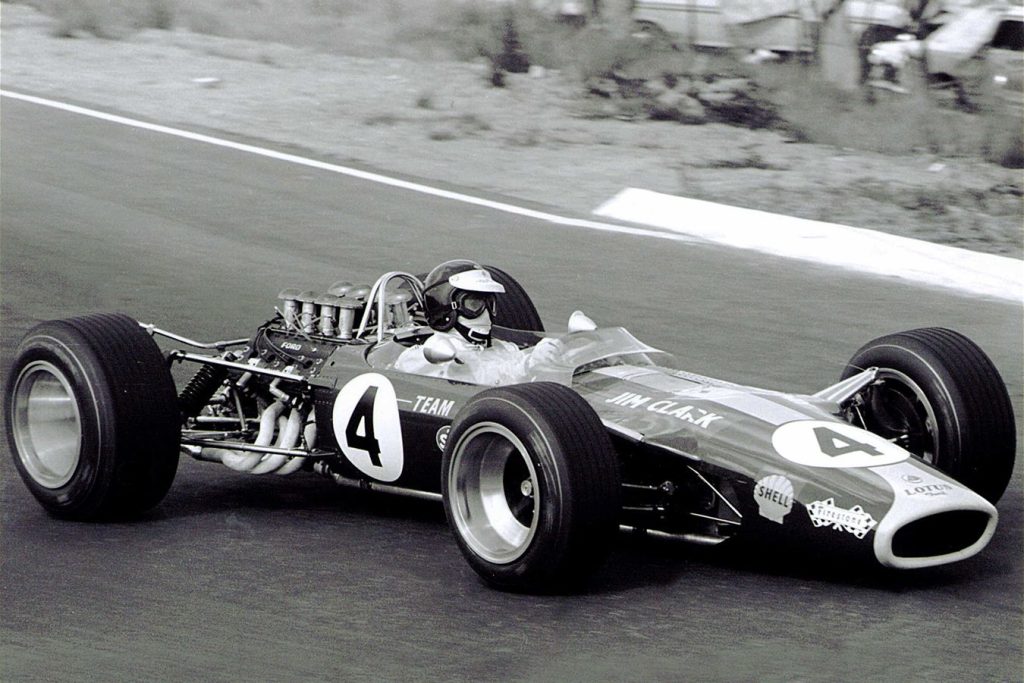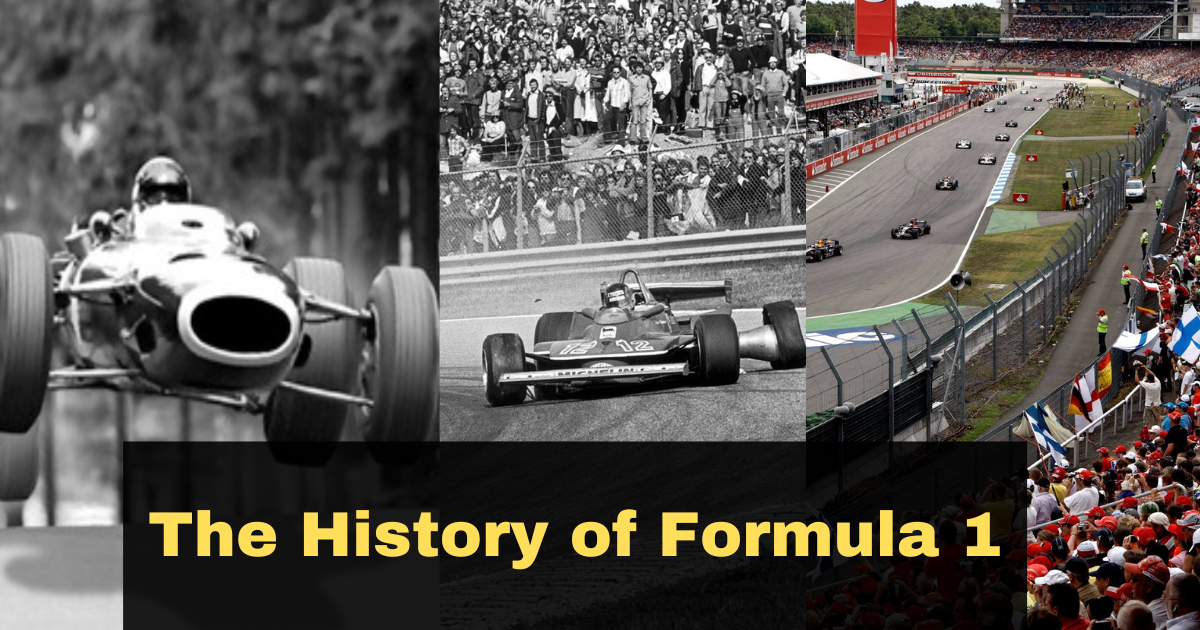From its modest origins in the early 20th century to the globally recognized spectacle it has become today, Formula 1 has gone through a fantastic change. The game has encountered a few upheavals, both on and out of control, and has developed into a complicated mix of technique, innovation, and sheer driving ability. In this article, we’ll dive into the charming advancement of Formula 1 and History of Formula 1, following its ascent from fundamental race vehicles to the state of the art machines and impressive occasions we witness today.
Beginnings: The Birth of a Racing Phenomenon
The principal half of the twentieth century was a time of investigation for motorsports. While auto hustling traces all the way back to the last part of the 1800s, the idea of “Stupendous Prix Dashing” started coming to fruition in Europe in the mid 1900s. These races were at first significant distance difficulties, testing both the toughness of the vehicles and the perseverance of the drivers.
After WWII, there was a recharged zing to normalize dashing. This prompted the foundation of the Fédération Internationale de l’Automobile (FIA) Formula 1 Big showdown in 1950. The debut season saw drivers race in seven Thousand Prix occasions across Europe, with the English Fabulous Prix at Silverstone denoting its beginning.
Advancements: The Tech Revolution
As years advanced, Formula 1 turned into a hotbed for mechanical developments. Ground-impact streamlined features, turbochargers, and self-loader gearboxes were only a portion of the headways that arose. Groups started putting vigorously in Research and development, pushing the limits of designing and material science. The 80s and 90s saw probably the most fast mechanical developments, with hardware becoming significant in vehicle plan and race procedure.

Modern Era: Glamour, Politics, and Dynasties
The turn of the thousand years proclaimed an age where Formula 1 became as much about off course exercises as on target ones. Rewarding sponsorships, corporate governmental issues, and driver supports changed the game into an extravagant industry. Notable competitions, sensational race gets done, and the development of hustling lines, like Ferrari’s rule or Red Bull’s strength, added layers of story profundity to the game.
Formula 1’s Evolution at a Glance
| Era | Key Events & Innovations | Dominant Figures |
|---|---|---|
| 1950s | Inception of FIA Formula 1 Championship | Juan Manuel Fangio, Stirling Moss |
| 1960s | Emergence of commercial sponsorships, rear-engine cars | Jim Clark, Graham Hill |
| 1970s | Ground-effect aerodynamics, introduction of slick tires | Niki Lauda, James Hunt |
| 1980s | Turbocharged engines, semi-automatic gearboxes | Ayrton Senna, Alain Prost |
| 1990s | Dominance of electronics, active suspension | Michael Schumacher, Mika Häkkinen |
| 2000s | Corporate politics, expanded global circuits | Fernando Alonso, Lewis Hamilton |
| 2010s | Hybrid engines, rise of digital streaming | Sebastian Vettel, Max Verstappen |
In Conclusion
Formula 1’s journey from humble beginnings to the apex of motorsport glamour is a testament to human ingenuity, relentless pursuit of excellence, and passion for speed. As we rev up for more seasons, one can only anticipate the next revolutionary turn this illustrious sport will take. The tracks may have changed, the cars might be unrecognizable from their predecessors, but the essence of Formula 1 – the heart-stopping thrill of racing – remains undiluted.
Read Also: The History of Soccer

